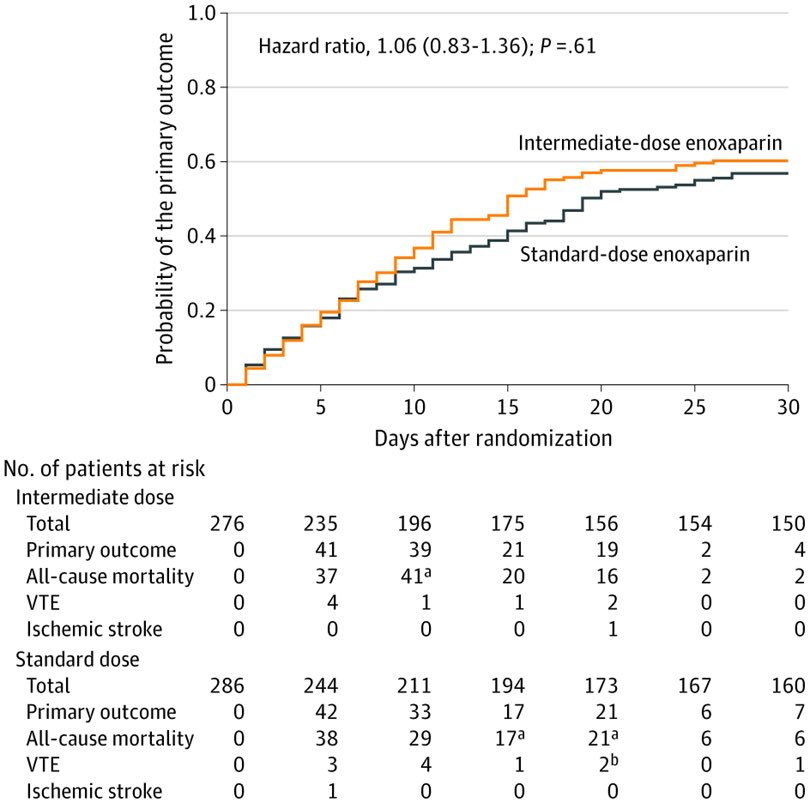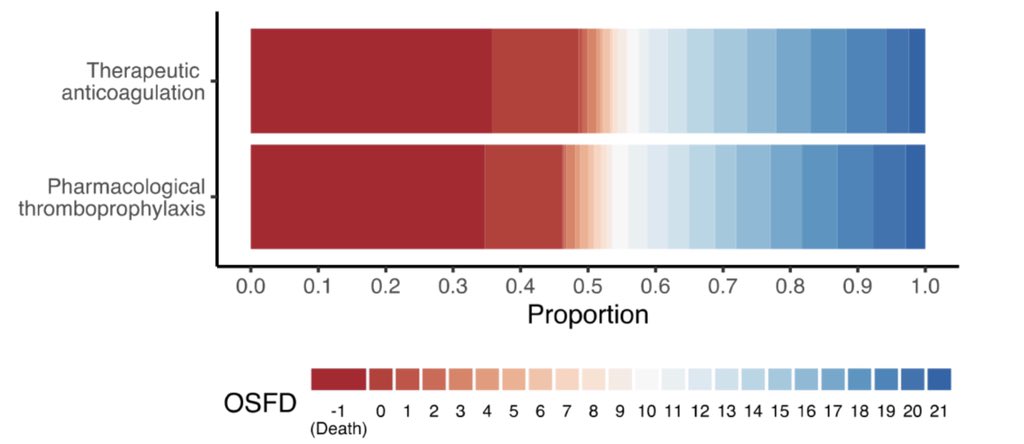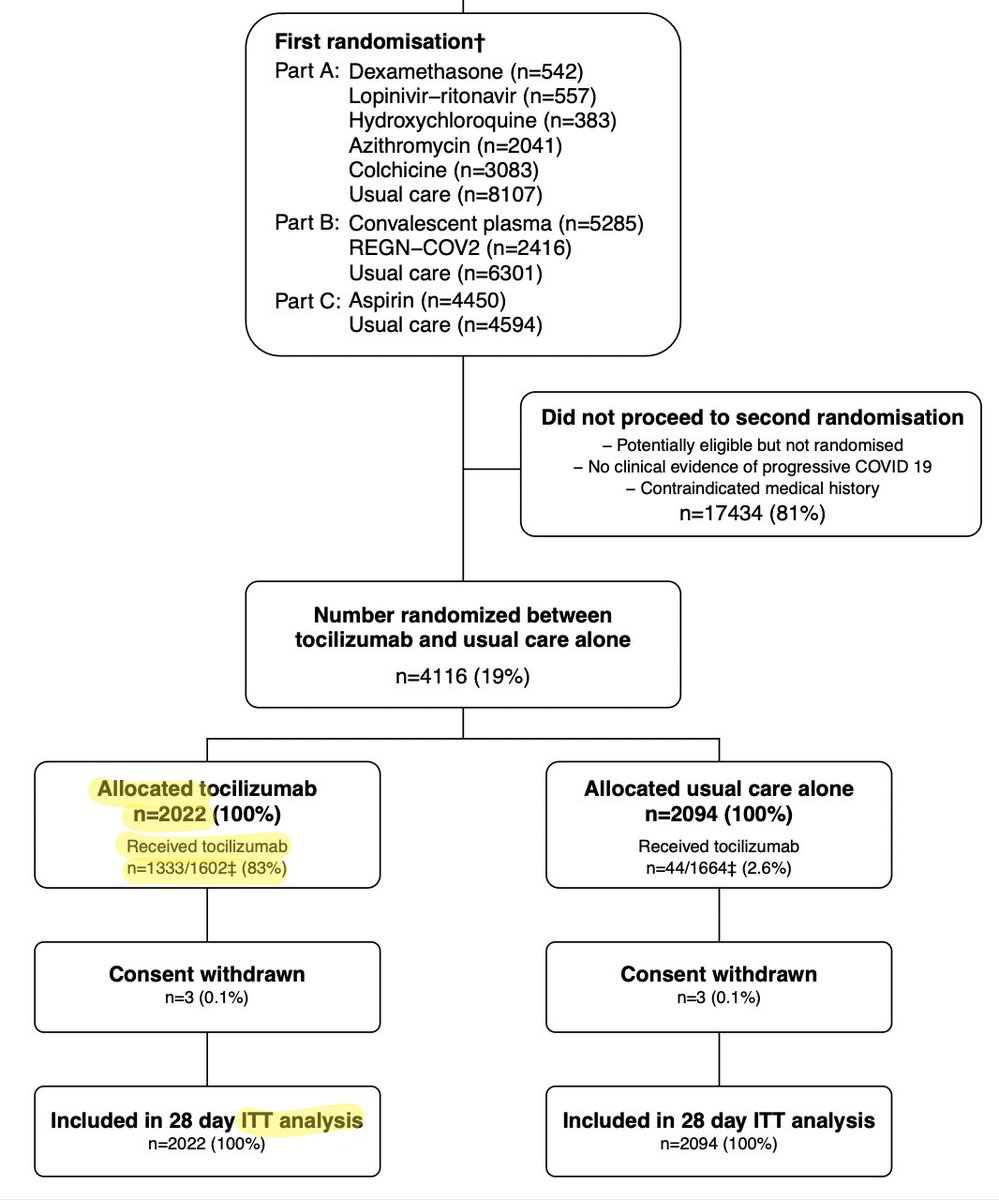
People are citing reports of declining #COVID cases or deaths after mass #ivermectin distribution.
This is the scientific equivalent of “the rain stopped after I bought an umbrella.”
A short thread about why these “studies” are NOT very compelling.
1/
This is the scientific equivalent of “the rain stopped after I bought an umbrella.”
A short thread about why these “studies” are NOT very compelling.
1/
As cases rise, schools & businesses close, people stay home, nursing homes restrict visitors, masks are mandated, etc
A few desperate governments worldwide distributed ivermectin too
In an uncontrolled situation, why should ivermectin get “credit” for reducing cases/deaths?
2/
A few desperate governments worldwide distributed ivermectin too
In an uncontrolled situation, why should ivermectin get “credit” for reducing cases/deaths?
2/
This is a classic POST HOC ERGO PROPTER HOC ("after this therefore because of this") fallacy.
Ivermectin distribution is usually a last-ditch effort, like buying an umbrella as you are getting soaked.
But the natural history of pandemics is to peak, then decrease.
3/
Ivermectin distribution is usually a last-ditch effort, like buying an umbrella as you are getting soaked.
But the natural history of pandemics is to peak, then decrease.
3/
This pattern of rapid peak followed by decline is what we saw in areas that are overwhelmed, such as during the tragedies in NY & Italy during the first wave of the pandemic.
Ivermectin wasn’t used in either of these cases, but mortality declined rapidly form a high peak.
4/

Ivermectin wasn’t used in either of these cases, but mortality declined rapidly form a high peak.
4/


Now let’s turn to the dubious AJT paper
Honestly, there’s so much wrong with this paper: it’s a narrative review pretending to be a meta-analysis that
picks small, poorly designed studies & excludes better ones
See @bmj_latest's actual meta-analysis bmj.com/content/373/bm…
5/

Honestly, there’s so much wrong with this paper: it’s a narrative review pretending to be a meta-analysis that
picks small, poorly designed studies & excludes better ones
See @bmj_latest's actual meta-analysis bmj.com/content/373/bm…
5/


The dubious paper shows mortality in 8 provinces.
Oddly, it only looks at mortality in people >60yo.
They claim that deaths went down after ivermectin distribution.
Though L & R axes are slightly different, their data show that the mortally rate is ≈ or even > case rate?🤷♂️
6/
Oddly, it only looks at mortality in people >60yo.
They claim that deaths went down after ivermectin distribution.
Though L & R axes are slightly different, their data show that the mortally rate is ≈ or even > case rate?🤷♂️
6/

Let’s look at mortality using JHU data.
We see deaths before (🟨) & after (⬜️) ivermectin.
In some cases deaths rose despite ivermectin; in other cases mortality was already falling (& continued to). In no case did ivermectin distribution appear to prevent future waves
7/



We see deaths before (🟨) & after (⬜️) ivermectin.
In some cases deaths rose despite ivermectin; in other cases mortality was already falling (& continued to). In no case did ivermectin distribution appear to prevent future waves
7/




Summary:
* beware post hoc ergo propter hoc arguments
* the claim that mass ivermectin prevents COVID mortality is not supported by clinical trials (see BMJ's living meta-analysis)
* the claim that ivermectin prevents disease spikes is not supported by population evidence
8/8
* beware post hoc ergo propter hoc arguments
* the claim that mass ivermectin prevents COVID mortality is not supported by clinical trials (see BMJ's living meta-analysis)
* the claim that ivermectin prevents disease spikes is not supported by population evidence
8/8
• • •
Missing some Tweet in this thread? You can try to
force a refresh























